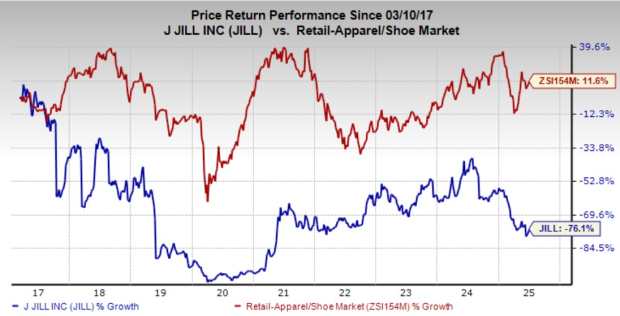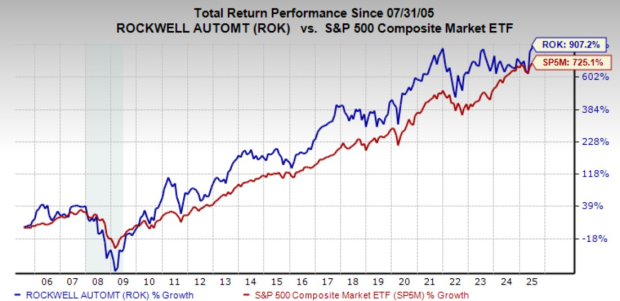Is UPS Stock a Smart Buy? Insights on Its Third Quarter Performance
UPS Stocks Draw Attention from Value Investors Amid Potential Market Recovery
UPS (NYSE: UPS) has piqued the interest of value investors, especially with its enticing 4.5% dividend yield. This may attract those looking for income, while the company shows signs of recovery as the economy starts to bounce back. Currently trading around $137, the question on many minds is: should investors buy UPS stock now? Let’s break it down.
Investors Cautious Ahead of Earnings Report
Investor skepticism loomed before UPS announced its third-quarter earnings. This hesitation stemmed from the dismal performance of its competitor, FedEx (NYSE: FDX), which had decreased its full-year 2025 guidance in its first-quarter report in September. FedEx’s management highlighted weak market conditions, a shift toward lower-margin delivery services, and a decline in the profitable business-to-business (B2B) segment.
This warning raised red flags for UPS, particularly since the company had already cut its full-year guidance back in July.
UPS’ Third Quarter: Navigating Challenges
When the third-quarter results came in, they echoed the concerns raised by FedEx. However, UPS managed to calm investor worries by demonstrating resilience and effectively maintaining its full-year operating earnings predictions despite a tough environment.
CEO Carol Tome indicated that the economic climate was “slightly worse than we expected,” citing declines in manufacturing and industrial production. Unfortunately, these factors directly impacted UPS’ revenue per package. Recent data from UPS’ core U.S. domestic package segment illustrates the difficulties faced.
UPS adheres to a “better not bigger” strategy, which emphasizes maximizing profits through targeted growth in areas like healthcare and small and medium-sized businesses (SMBs). Despite some success, pressures from the market have led customers to opt for lower-cost shipping solutions, resulting in a spike in lower-margin delivery services.

Image source: Getty Images.
The results were a 6.5% year-over-year increase in volume paired with a 2.2% decline in average revenue per piece (RPP) in the U.S. domestic segment. This contrast to 2022’s performance—where RPP grew and volumes shrank—challenges the intended “better not bigger” approach.
Volume growth, alongside a lower average revenue per package, contributed to a 5.8% year-over-year revenue increase in the third quarter. UPS also effectively reduced its cost per piece (CPP), achieving a non-GAAP (adjusted) decrease of 4.1% year-over-year.

Data source: UPS presentations. Chart by author.
Here’s a snapshot of the U.S. domestic package segment’s year-over-year performance:
- Volume increased by 6.5%
- RPP decreased by 2.2%, and CPP fell by 4.1%
- Revenue grew by 5.8%
- Non-GAAP operating margin rose to 6.7% from 4.9% last year
- Non-GAAP operating profit jumped 46.5% to $974 million
UPS effectively managed its costs and expanded margins even with a decline in RPP; thus, profits climbed alongside increased volume.
Conversely, the international segment showed less favorable results, with a 0.6% decline in volume, although RPP increased by 2.5%, leading to a 17.3% rise in adjusted operating profit to $792 million.

Image source: Getty Images.
Investor Takeaways
In conclusion, UPS is facing challenges due to a tight trading environment, as evidenced by increased volume paired with diminishing RPP, which contradicts the management’s “better not bigger” strategy. It is important to note that UPS is implementing measures to stabilize pricing and cut costs through workforce reductions and plant optimization.
The company is also working on adjusting its capacity in response to market conditions. Tome remarked during the earnings call, “we see capacity rationalization happening in other parts of the market as well.” Industries are addressing overcapacity, leading to a potentially positive outlook as volume growth accompanies reductions in capacity.
Interestingly, management has upgraded its full-year margin guidance. However, lowered revenue expectations mean full-year profit outlooks remain consistent with prior months’ projections.
| Full Year Guidance |
July |
October |
|---|---|---|
|
Consolidated revenue |
$93 billion |
$91.1 billion |
|
Consolidated revenue growth |
9.4% |
9.6% |
|
Implied operating profit* |
$8.74 billion |
$8.75 billion |
Data source: UPS presentation, *author’s interpretation.
Hitting these full-year targets won’t be straightforward, as they suggest operating earnings of $2.95 billion compared to $1.98 billion in the third quarter. Still, signs show that UPS is making progress regarding critical metrics like CPP, volume, and margins. Typically, a combination of volume growth with capacity reduction leads to stronger pricing power in the industry over time.
Currently trading at just above 18 times the projected full-year earnings, UPS appears slightly undervalued, despite risks to its annual forecasts. The company continues to navigate a challenging trading landscape, but favorable trends in key metrics stand out.
Is Now the Right Time to Invest in UPS?
Before making a decision, consider this:
The Motley Fool Stock Advisor analyst team recently highlighted what they believe are the 10 best stocks for investors right now, and United Parcel Service did not make the list. The stocks that were selected have the potential for significant growth in the coming years.
For instance, if you had invested $1,000 in Nvidia on April 15, 2005, when it was first recommended, it would now be worth an impressive $829,746!
Stock Advisor offers a clear plan for investors, providing guidance on portfolio building, regular analyst updates, and two new stock picks each month. The Stock Advisor service has outperformed the S&P 500 by more than four times since 2002.
Discover the 10 stocks »
*Stock Advisor returns as of October 28, 2024
Lee Samaha has no position in any of the stocks mentioned. The Motley Fool has positions in and recommends FedEx. The Motley Fool also recommends United Parcel Service. For more details, the Motley Fool maintains a disclosure policy.
The opinions expressed here are solely those of the author and do not necessarily reflect the views of Nasdaq, Inc.









